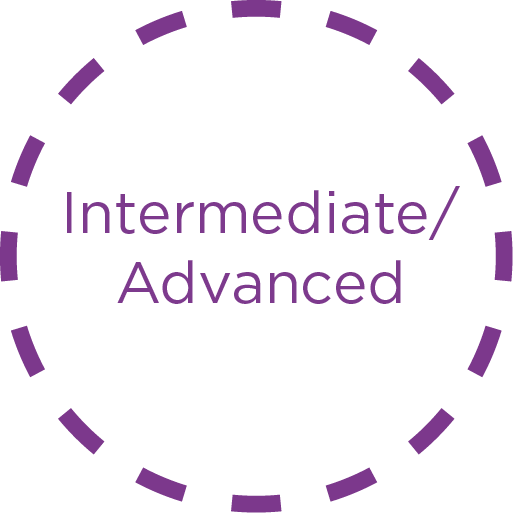 Image 1 of 1
Image 1 of 1


Intermediate-Advanced with Annie Cohen: Calling on the Dead in Times of Crisis: the Customs of Cemetery and Grave Measuring: Monday, 3:00 – 4:30 PM ET: June 30, July 7, 14, 28, Aug. 4
Monday, 3:00 – 4:30 PM ET: June 30, July 7, 14, 28, Aug. 4
In many Jewish communities in Eastern Europe when someone was seriously ill, the graves of their parents or grandparents would be measured with thread in a custom known as keyvermestn. Accompanied by special Yiddish prayers or tkhines, this ritual was used to call on the dead to act as advocates for the living with God and help save their ailing relative's life. In some places, the whole cemetery was measured — a custom that was also regularly carried out in the month of Elul. The thread was then used to make special soul candles from Yom Kippur — the origins of the yortsayt or memorial candles that are now lit in many communities. Traditionally carried out by women, in many Jewish communities professional cemetery measurers known as feldmesterins were paid to perform these rituals.
In this class, we will study these rituals as they appear in Yiddish literature, yizker bikher, ethnographic studies, and memoirs. The class will be mostly conducted in Yiddish, but slowly, at a level designed for intermediate speakers, and attention will also be paid to language and grammar as we read. English translations of all Yiddish texts will be made available to students.
Monday, 3:00 – 4:30 PM ET: June 30, July 7, 14, 28, Aug. 4
In many Jewish communities in Eastern Europe when someone was seriously ill, the graves of their parents or grandparents would be measured with thread in a custom known as keyvermestn. Accompanied by special Yiddish prayers or tkhines, this ritual was used to call on the dead to act as advocates for the living with God and help save their ailing relative's life. In some places, the whole cemetery was measured — a custom that was also regularly carried out in the month of Elul. The thread was then used to make special soul candles from Yom Kippur — the origins of the yortsayt or memorial candles that are now lit in many communities. Traditionally carried out by women, in many Jewish communities professional cemetery measurers known as feldmesterins were paid to perform these rituals.
In this class, we will study these rituals as they appear in Yiddish literature, yizker bikher, ethnographic studies, and memoirs. The class will be mostly conducted in Yiddish, but slowly, at a level designed for intermediate speakers, and attention will also be paid to language and grammar as we read. English translations of all Yiddish texts will be made available to students.

